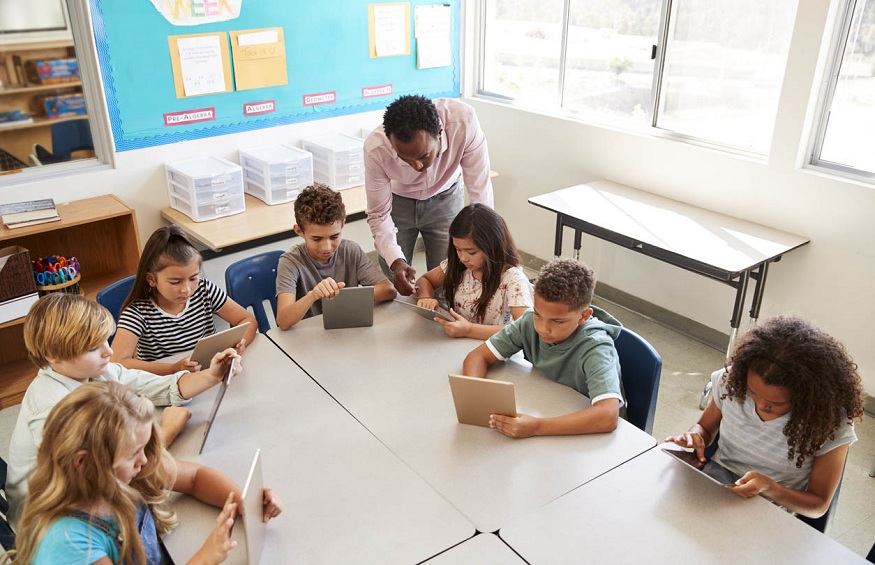Over the past few decades, technology has experienced a growing expansion. Now, our life depends on these small devices that remind us of our appointments, allow us to collaborate in writing documents, make voice or video recordings or are used for pleasure. For students of the 2010s, the era before technology is unknown to them. These students explore social networks and experiment when new applications are offered to them. For students with LDs (learning disabilities), the proper use of technology has given them a chance to iron out some difficulties. In addition, technology has also helped a large majority of these students to show their full academic potential while giving them renewed confidence.
The biggest brake
Teaching professionals are innovative by nature, as they are always looking for new tools to touch the interest and meet the needs of their students. Whether through social media or face-to-face collaboration, education professionals are always on the lookout for new ideas. However, out of professional rigour, they sometimes wait to master the new strategies before attempting experiments in front of their students. How do we overcome this challenge and encourage teaching professionals to integrate ever-evolving technologies without waiting to become experts?
A possible solution
Using technology in the classroom is a matter of trust. You have to take risks and know how to direct your efforts! It is not the teacher’s role to know how to use the tools well, it is their role to know how technological tools can be useful in learning and how these tools can help students with YOUR. We must capitalize on the possibilities that technology can offer our students without becoming overwhelmed by what I call “buttonology”, the how-to. You have to trust that students will be able to help each other when it comes time to use a new tool, a new website, or a new application. The teaching professional remains the master of pedagogy! Starting with taking small steps, that is to say by trying new technologies and giving yourself the right to make mistakes. Although our attempts are not always perfect, we are initiating a culture of change in our classroom that will, without a doubt, have an impact on the school life of students in the era of the 21st century.
Where to start?
Whether by sharing a collaborative document such as Google Docs or Word Online, integrating a hybrid learning activity (for example, teaching virtually or using technology and teaching directed), or simply to allow students to use the variety of digital possibilities to submit their work, the important thing is to get started and trust our students! By adopting a learner posture, the teacher shows his students the importance of being open to new possibilities. Letting go and propelling yourself to discover new technologies in collaboration with all our students means welcoming change in order to evolve. Students will demonstrate motivation when faced with technological challenges. Suddenly, little by little they will learn, by following the model presented, to collaborate with each other, discuss possible solutions, experiment, plan the next steps, explain procedures or concepts, demonstrate critical thinking and listen to the ideas of others. These are all skills we want to encourage in all of our students, aren’t they? And for our students with LDs, knowledge and mastery of various technologies will offer a new avenue to success! is not it? And for our students with LDs, knowledge and mastery of various technologies will offer a new avenue to success! is not it? And for our students with LDs, knowledge and mastery of various technologies will offer a new avenue to success!



